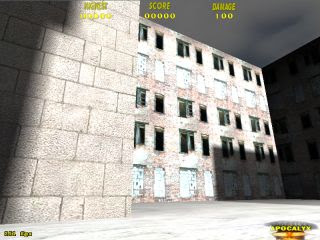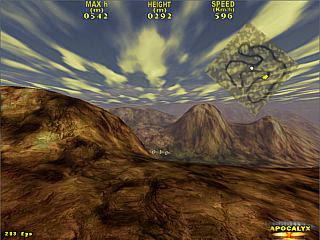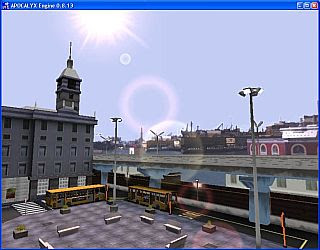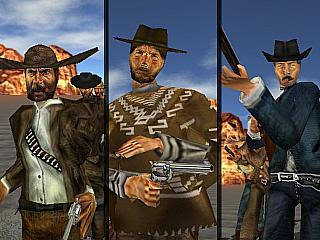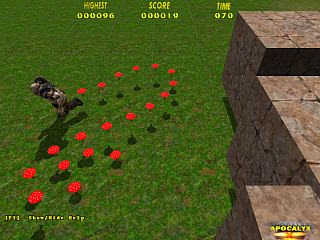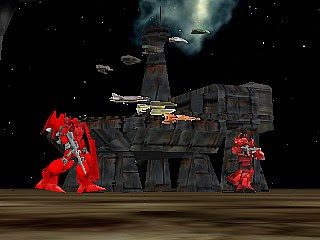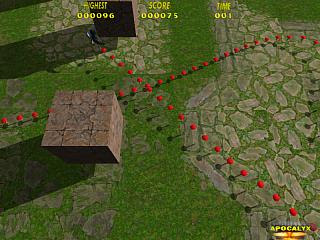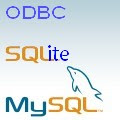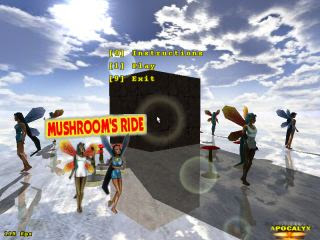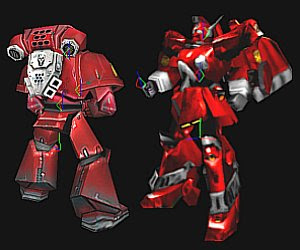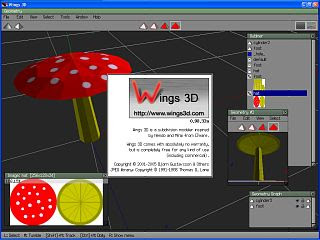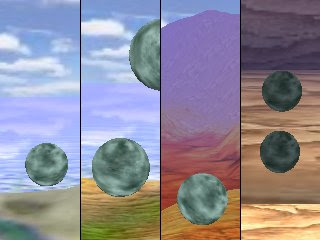 Yesterday I have described a program that generates images of animated caustics. Today is the turn of a program that generates images of explosions. You can download it here.
Yesterday I have described a program that generates images of animated caustics. Today is the turn of a program that generates images of explosions. You can download it here.You know the importance of explosions in games. Often they are realized through the particles system, but also a simple square textured with an animation is good enough in some situations. For example, such are the simple explosions in "Urban Tactics".
In the case of this program, each frame of the explosion is drawn in a sector of the texture, so one can immediately use the APOCALYX AnimatedTexture class to render the animation on a transparent billboard and simulate an explosion.
The author says: "As a side-effect of working on a shootemup game I have a small program that generates sprite animations of explosions. Because there aren't many easy ways to get textures like this if you aren't an artist (without stealing them from other games) I thought I would do the decent thing and generate a few spare free textures that anyone can use, anywhere for anything, royalty free. If you are doing 2D or 3D games, you might find these texture helpfull in rendering explosions in your games.
You can download the program and configure lots of different variables to output your own unique texture pages of explosions. Happy exploding!"













